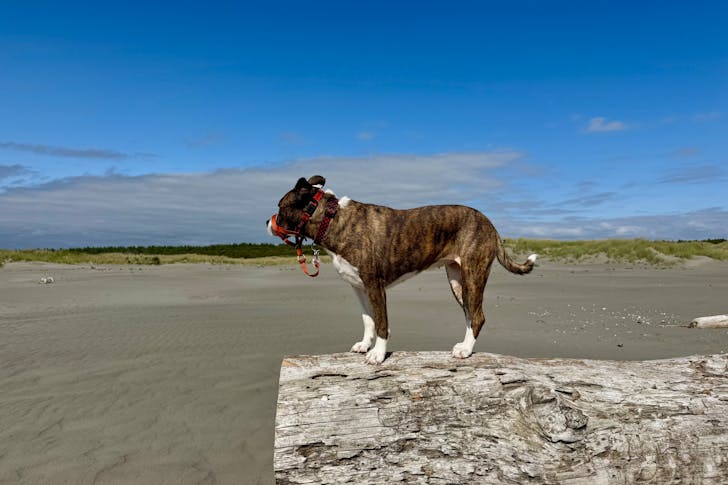They’re our companions, our comfort, and our favorite subjects for endless photos—but pets also come with an environmental side effect that rarely makes headlines. Every bite they eat and every bit of waste they leave behind adds up to a measurable impact.
In fact, the production of pet food alone plays a far more significant role in environmental impact than many owners realize. A 2017 study found that dog and cat food production in the U.S. is responsible for about 25-30% of the environmental effects of animal farming. This includes land being cleared, water being consumed, and greenhouse gases being released into the atmosphere.
In recent years, the pet food industry has also shifted toward premium, human-grade meat products. While this sounds healthier, it creates more competition for the same high-quality meat humans consume. That means more livestock farming, more land needed for grazing, and more environmental strain.
Other Studies suggest that feeding a medium-sized dog could have the same annual carbon footprint as driving an SUV for 10,000 miles. It all comes down to what is in the bowl.

Rusakova / Pexels / Your pet’s waste doesn’t just disappear when it leaves your backyard or litter box. Dog waste that is left on the ground can wash into storm drains, carrying bacteria, nitrogen, and phosphorus into rivers and lakes.
This pollutes water sources and can even harm fish and other aquatic life. A cat’s ecological impact often begins with what’s in its litter box. Clay litter is mined in a process that clears vegetation and destroys habitats, and because it’s non-biodegradable, every used scoop is permanent landfill waste. Opting for compostable or biodegradable alternatives helps reduce that harm.
Outdoor roaming adds to the problem. In the United States, free-ranging cats are a major cause of bird and small mammal deaths, numbering in the billions each year. Protecting wildlife and ecosystems can be as simple as keeping cats indoors—while also keeping them out of harm’s way.
Indoor cats are less likely to be hit by cars, contract diseases, or get injured in fights. It is a small shift with a big positive impact on the environment and your pet’s life expectancy.
Shifting your pet’s diet can be one of the most effective ways to reduce their environmental impact. Some companies now make pet food from insect protein or plant-based ingredients, which require far less land and water to produce. For dogs, carefully balanced plant-based diets can work well.
For cats, who must have meat, emerging options like lab-grown meat aim to meet their nutritional needs without the same environmental cost.
